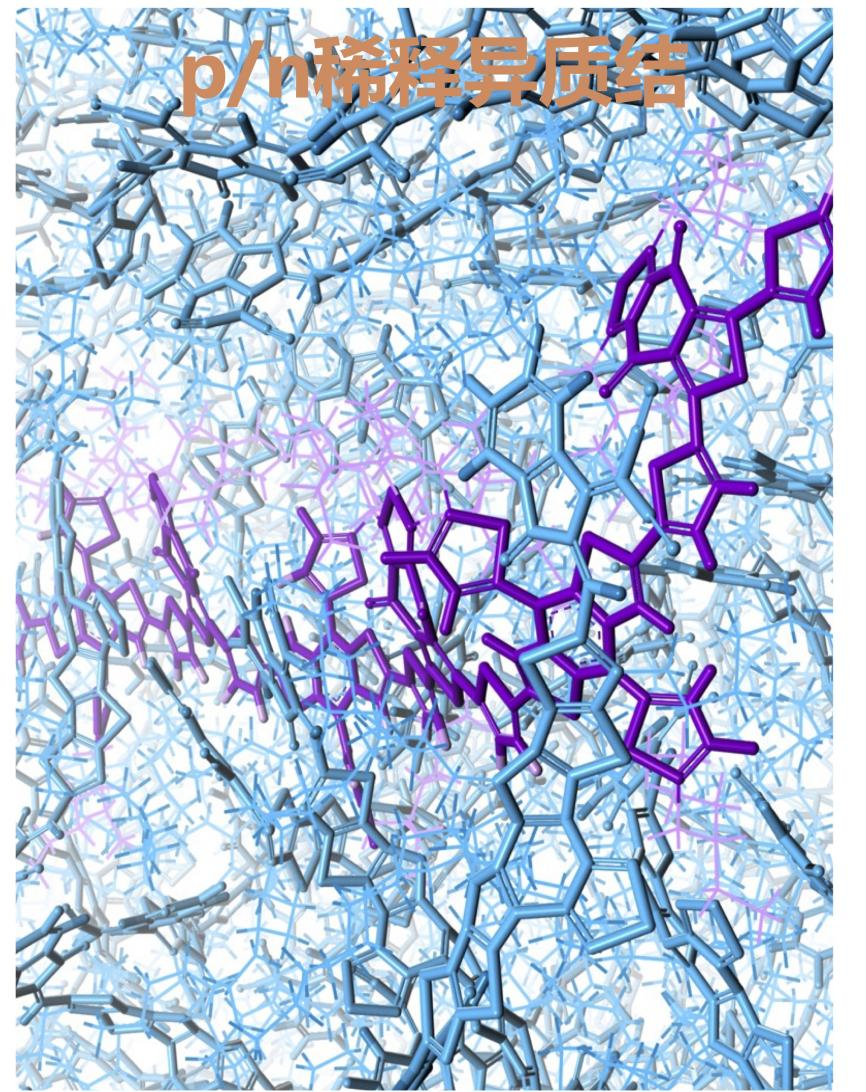
Recently, the sub-journals of Nature, Nature Energy and Nature Communications, published research results of organic photovoltaic cells obtained by Professor Wang Tao from the International School of Materials Science and Engineering of WUT.

Professor Wang Tao’s research group focused on the research of organic semiconductor molecular aggregates and photoelectric devices, developed the physicochemical methods to regulate organic semiconductor molecular multistage aggregates, revealed the structure-activity relationship between them and the photoelectric conversion process, and improved the photoelectric conversion efficiency of photovoltaic devices. Their recent research results, titled “Donor-acceptor mutually diluted heterojunctions for layer-by-layer fabrication of high-performance organic solar cells” and “Electronic force promoted intermolecular stacking of polymer donors toward 19.4% efficiency binary organic solar cells”, were published in Nature Energy and Nature Communications. The two studies revealed the diluted heterojunctions formed by P-type and N-type organic semiconductor molecules and the significant enhancement of the order of photovoltaic molecular aggregates caused by the electronic force between P-type macromolecules and N-type small molecules. These results helped to improve the light absorption and charge transport performance and realize the preparation of high-performance organic solar cells. The efficiency of binary organic solar cells certified by third-party authorities reached 19.06%. Wang Liang, a PhD student, and Gan Zirui, a postgraduate student, are the first authors of the papers respectively. WUT is the sole corresponding unit, and Professor Wang is the sole corresponding author.
It is reported that the other three research results of Professor Wang in this field have been published in Advanced Materials.
Papers Links:
1. https://www.nature.com/articles/s41560-023-01436-z (Nature Energy)
2. https://www.nature.com/articles/s41467-023-42071-2 (Nature Communications)
3.https://onlinelibrary.wiley.com/doi/10.1002/adma.202308608 (Advanced Materials)
4. https://onlinelibrary.wiley.com/doi/10.1002/adma.202304921(Advanced Materials)
5. https://onlinelibrary.wiley.com/doi/10.1002/adma.202208211(Advanced Materials)
Reported by: Li Wei
Reviewed by: Yan Kui
Rewritten by: Chao Yijia
Edited by: Wang Jingjing, Li Tiantian
Source: International School of Materials Science and Engineering (School of Materials and Microelectronics)
|
|